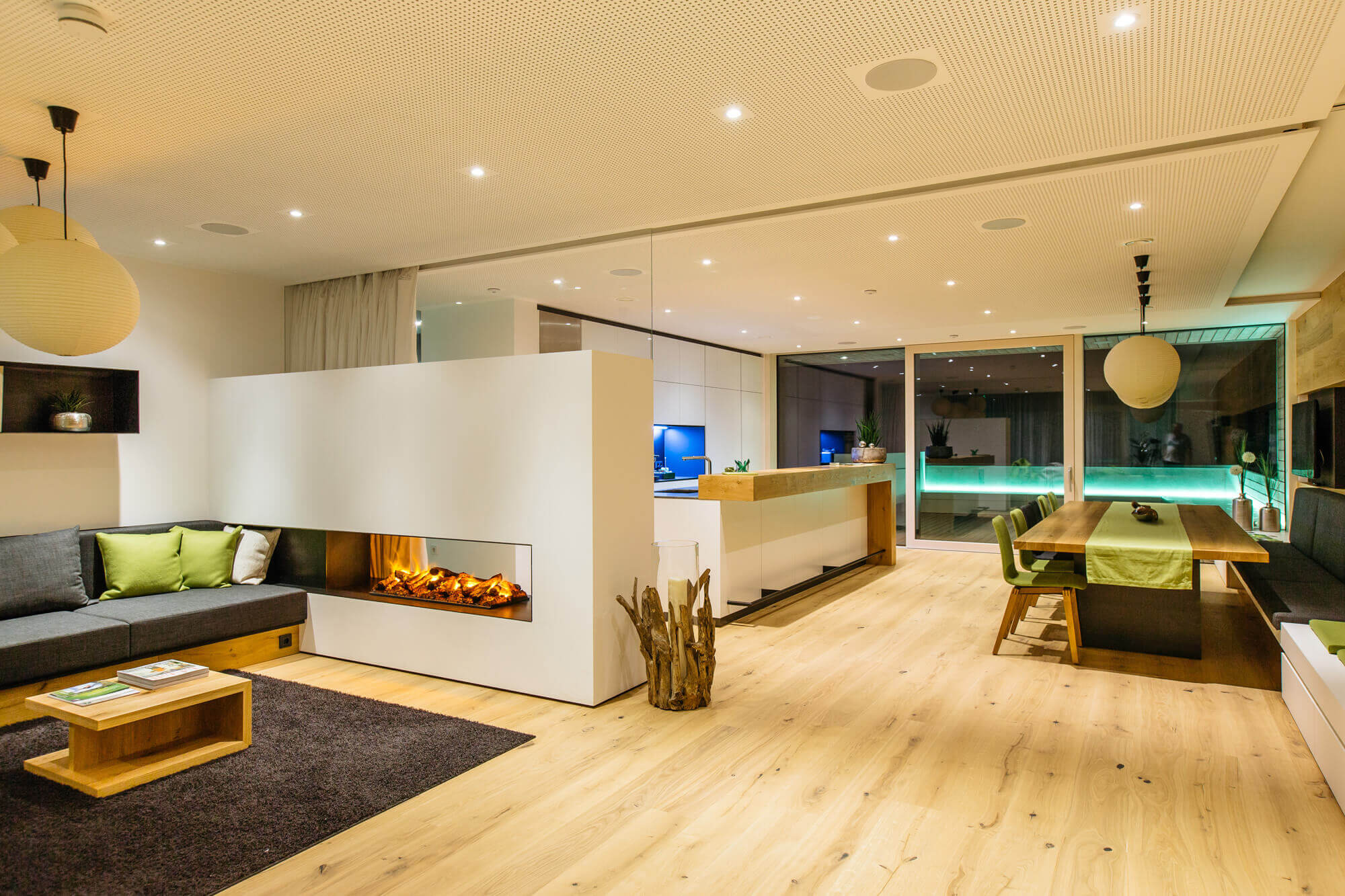Lighting is important in creating the ambiance and functionality of any house. With the developments in technology, homeowners can choose between traditional lighting and smart home lighting. Traditional lighting has been around for years, but smart lighting provides better convenience, energy efficiency, and personalization. In this article, we are going to look at the contrast between smart lighting and traditional lighting to see which one is best suited for your house.

What is Traditional Lighting?
Traditional lighting is standard incandescent, halogen, or compact fluorescent (CFL) bulbs that need to be operated manually. These lights are operated by switches and dimmers and have been in use for decades in homes. Although traditional lighting is simple and easy to operate, it does not come with sophisticated features like remote control, automation, and energy optimization.
Advantages of Traditional Lighting:
- Lower initial cost than smart lighting
- Easy installation and compatibility with current fixtures
- No dependence on Wi-Fi or smart devices to operate
Disadvantages of Conventional Lighting:
- Limited control—manual operation
- Increased energy consumption relative to LED-based smart lighting
- Shorter lifespan and more frequent replacements
What is Smart Home Lighting?
Smart home lighting defines advanced LED lights that can be operated remotely using mobile apps, voice commands (e.g., Alexa or Google Assistant), or automation timers. Such lights are equipped with amenities such as dimming, color-changing features, motion detection, and energy saving modes.
Advantages of Smart Home Lighting:
- Remote Control & Automation: It enables users to operate lights from any location via a smartphone.
- Energy Efficiency: Uses LED technology, which consumes much less power than conventional bulbs.
- Customization: Brightness, color temperature, and mood-based lighting scenes.
- Works with voice assistants and smart devices as part of smart home systems.
Disadvantages of Smart Home Lighting
- In Comparison with Tradition Bulbs, it is costlier to purchase
- Constant internet service: The thing is that this kind of system requires internet to function properly.
- Hub or Additional Hardware in Some Smart Lighting Systems
Energy Efficiency & Cost Savings
One of the key benefits of smart home lighting is that it is energy-efficient. Incandescent bulbs are wasteful in terms of heat, while LED-based smart lights use up to 80% less electricity. Smart lighting also provides scheduling and automation, which cuts down on unnecessary power consumption. While smart bulbs are more expensive to purchase initially, they provide long-term savings because they last longer and save energy bills.
Convenience & Control
Smart lighting provides unmatched convenience. Whether you’re away from home or simply relaxing on the couch, you can control your home’s lighting using your smartphone. Features like motion sensors and geofencing enable lights to turn on or off automatically, making life more seamless and enhancing security. In contrast, traditional lighting requires manual operation, which can be inconvenient in certain scenarios.
Which One is Right for You?
The decision between smart and conventional lighting is up to your requirements and lifestyle. If you need an affordable and simple solution, conventional lighting might be adequate. Nevertheless, if you prioritize energy efficiency, remote control, and automation, the best decision would be to invest in smart home lighting.

Conclusion:
Smart home lighting is changing the way we light our homes by providing convenience, energy efficiency, and personalization. Although conventional lighting remains in many homes, the advantages of smart lighting make it a good investment. Whether you need to boost security, lower energy costs, or set the ideal mood, smart lighting is the future of contemporary homes.


